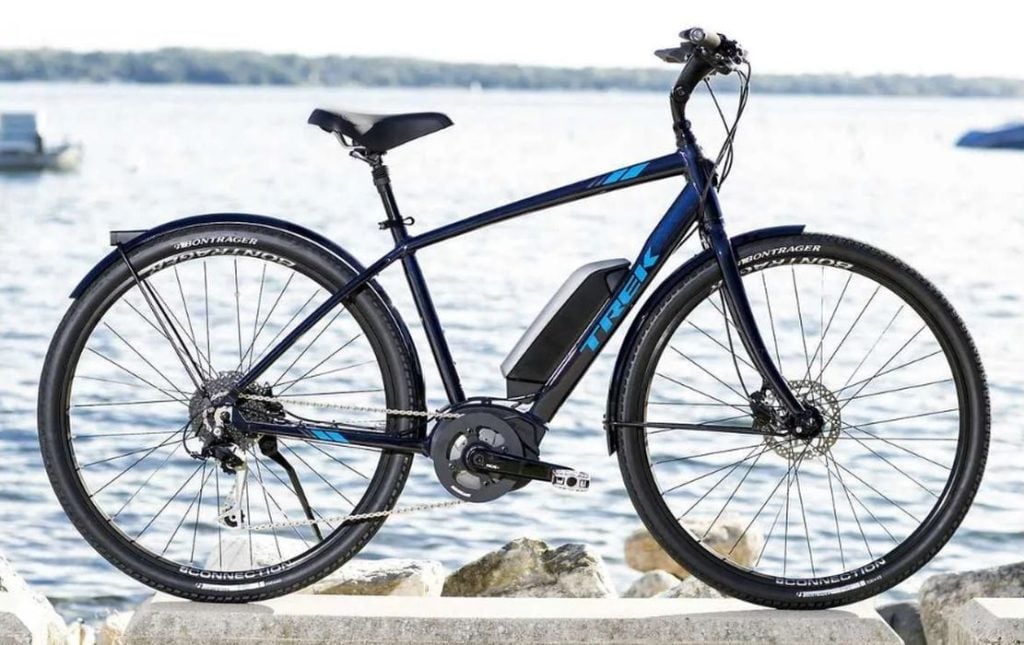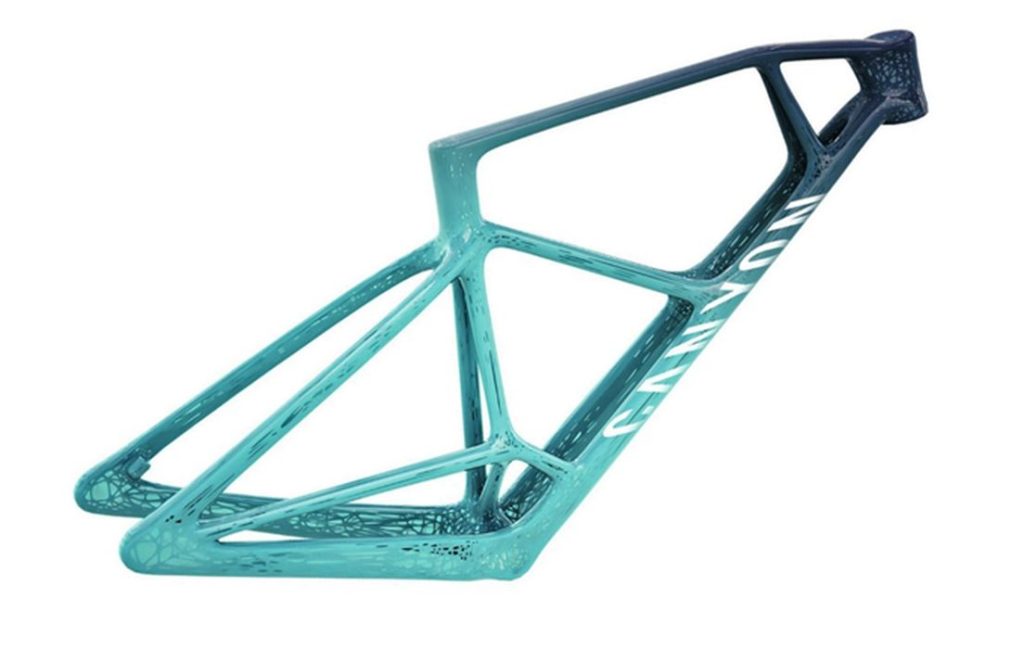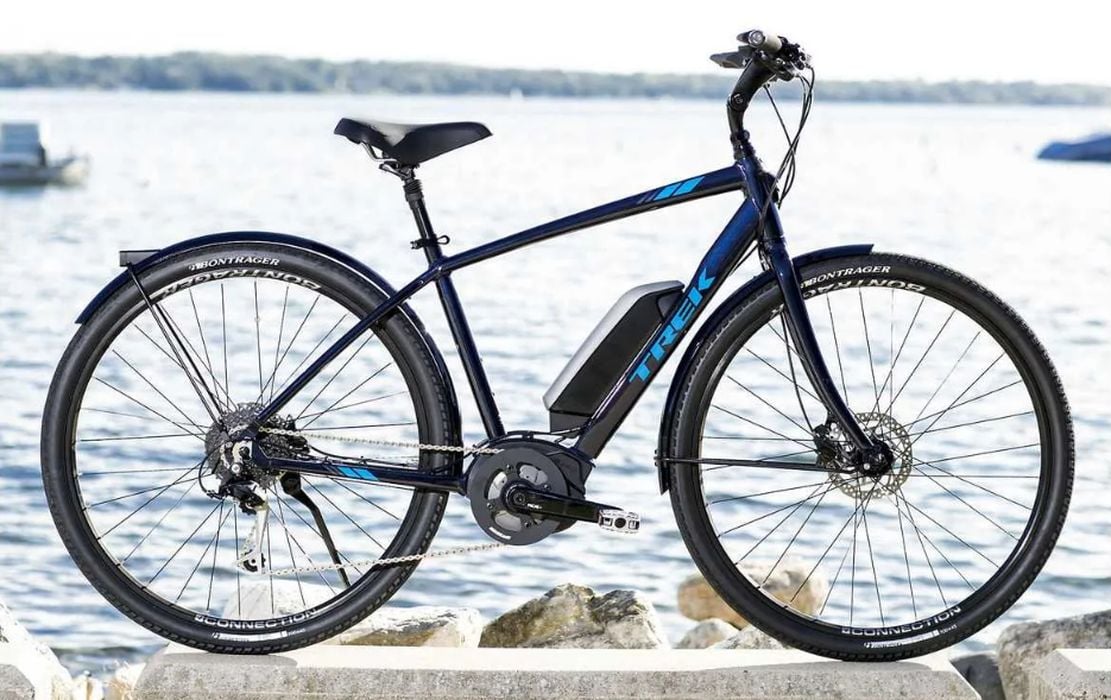
Charles R. Goulding and Preeti Sulibhavi suggest 3D printing technology could be used to assist the burgeoning e-bike industry.
There is an e-bike boom. It is not just occurring in Europe and Asia, but in the US as well (albeit not as strong). A trend that was already accelerating, skyrocketed when Covid hit.

The key to successfully transitioning to electric vehicles, including e-bikes, is threefold: one, reducing the cost of batteries, two, improving overall infrastructure to be more bike-friendly and improve rider safety, and making charging stations more accessible across the country. This is not simple task.

Overall, e-bike sales more than tripled between 2019 and 2021. E-bikes are now equipped to carry cargo for running errands and convenient transport.
E-bikes and 3D Printing

We have written about how Pedego was experiencing severe supply chain disruptions and illustrated ways in which 3D printing could be used to fabricate bicycle components and accessories. We have also covered recent substantial acquisitions in the bike industry such as the KKR/Raleigh one as well as the bicycle cluster in Portugal.
Canyon has had a successful relationship with 3D printing, which continues today.
There is also a myriad of cycling accessories that can be 3D printed as well including water bottle holders, baskets and carrying cases.
Going Global
An ancient form of transportation, cycling is going electric in India as well. A September 4th, 2022, article in the New York Times (NYT) highlighted the economical, ecological, and practical options that electric mopeds and three-wheeled rickshaws are offering to commuters in India.

If you have ever needed to catch a quick ride in India, taking an auto rickshaw is the most accessible and affordable means of going from point A to point B. If you know this, then you are also aware of the pollution these tiny tin transports wreak on the environment. That is why the Indian government and auto industry are teaming up to bring affordable electric vehicles to riders and commuters such as the one featured below.
The Research & Development Tax Credit
The now permanent Research and Development (R&D) Tax Credit is available for companies developing new or improved products, processes and/or software.
3D printing can help boost a company’s R&D Tax Credits. Wages for technical employees creating, testing and revising 3D printed prototypes can be included as a percentage of eligible time spent for the R&D Tax Credit. Similarly, when used as a method of improving a process, time spent integrating 3D printing hardware and software counts as an eligible activity. Lastly, when used for modeling and preproduction, the costs of filaments consumed during the development process may also be recovered.
Whether it is used for creating and testing prototypes or for final production, 3D printing is a great indicator that R&D Credit eligible activities are taking place. Companies implementing this technology at any point should consider taking advantage of R&D Tax Credits.
All Charged Up…
It is no surprise that the e-bike trend has skyrocketed since Covid hit. With all the remote time and quarantining, people took up new hobbies, many cycling. And recent trends in Asia are illustrating that people are opting to go electric as opposed to traditional fuels. 3D printing has already been a part of the cycling/electric movement.
Now is the time to ramp up innovation.

